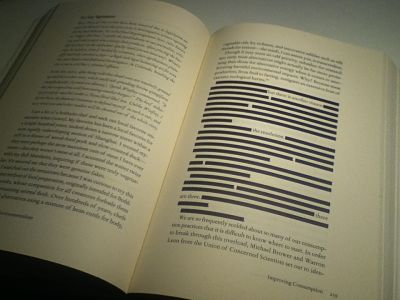Lie Detection by Inducing Cognitive Load
 It is a common stereotype that when people lie they are shifty-eyed, avoiding eye contact out of a sense of guilt, shame, or anxiety. My research team and I believe the opposite. Rather than focusing on the emotions involved in deception, we focus more on the cognition (thinking) involved in lying. When people lie, their eyes, we predicted, would remain stationary. The theory behind it is that lying often requires more novel thinking and problem solving than truth telling as liars generate fabrications that achieve their goals, fit with what their audience knows, and do not contradict themselves. All of this requires mental work. Eye movements, we reasoned, increase the amount of visual stimulation, which can be distracting. We hypothesized when lying that keeping eyes fixed would decrease distraction and allow liars to keep thoughts focused internally on memory processes, crucial for deception. This is less a need for truth tellers who were expected to move their eyes more when answering questions.
It is a common stereotype that when people lie they are shifty-eyed, avoiding eye contact out of a sense of guilt, shame, or anxiety. My research team and I believe the opposite. Rather than focusing on the emotions involved in deception, we focus more on the cognition (thinking) involved in lying. When people lie, their eyes, we predicted, would remain stationary. The theory behind it is that lying often requires more novel thinking and problem solving than truth telling as liars generate fabrications that achieve their goals, fit with what their audience knows, and do not contradict themselves. All of this requires mental work. Eye movements, we reasoned, increase the amount of visual stimulation, which can be distracting. We hypothesized when lying that keeping eyes fixed would decrease distraction and allow liars to keep thoughts focused internally on memory processes, crucial for deception. This is less a need for truth tellers who were expected to move their eyes more when answering questions.
We tested this idea in the context of eyewitness testimony. Numerous studies by Elizabeth Loftus and other researches have shown that the memories of honest eyewitnesses are notoriously unreliable but often highly convincing to juries. Fewer studies have looked at another source of inaccurate testimony: the lies of eyewitnesses such as when they provide a false alibi for a perpetrator in their family. We had college student play the role of eyewitnesses to videotapes of actual crimes. After, they were “interviewed” about the videos they had seen while their eyes were tracked with an infrared camera and they were recorded. Some were instructed to answer honestly, other lied after having rehearsed their answers while other lied without rehearsal. All had to answer under time pressure with the hope of exposing the extra thinking required by liars.
Consistent with what others have found, truth tellers generally answered more quickly than rehearsed or unrehearsed liars and the fewest inconsistencies. The important new finding is that truth tellers had more eye movements than liars, suggesting that lying required more focused attention. In conclusion, the research supports the old adage that the eyes are windows of the soul. The stiller they are, the more one may be thinking, perhaps even lying.
Jeffrey J. Walczyk is a professor of psychology at Louisiana Tech University and the lead author of an article entitled, “Lie detection by inducing cognitive load: Eye movements and other cues to the false answers of “witnesses” to crimes.” The article was published in the July issue of the journal Criminal Justice and Behavior.






























































































